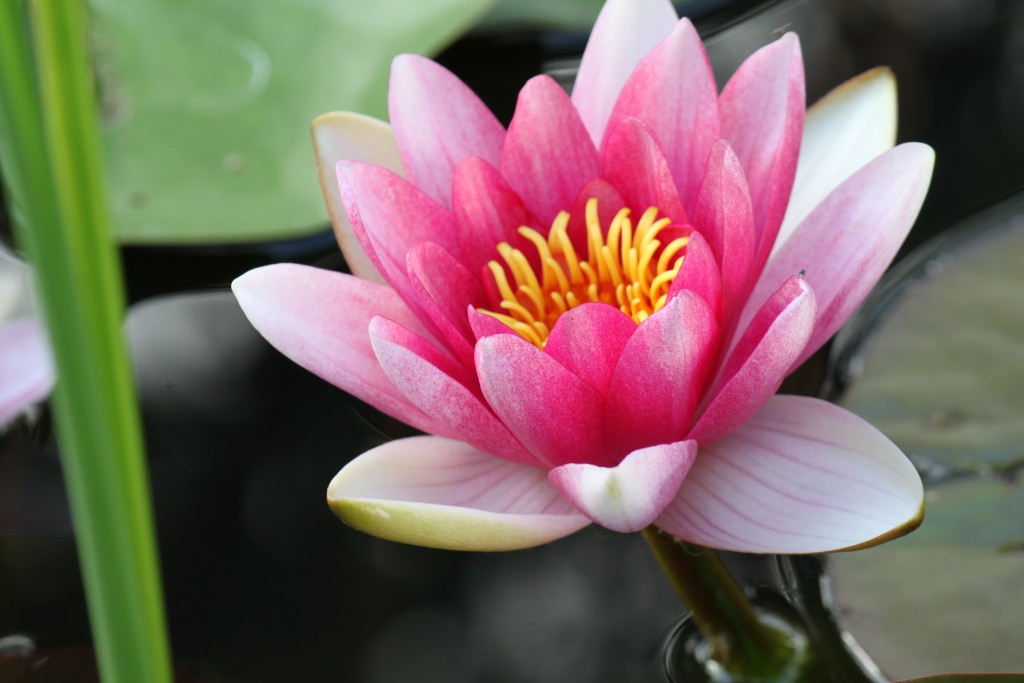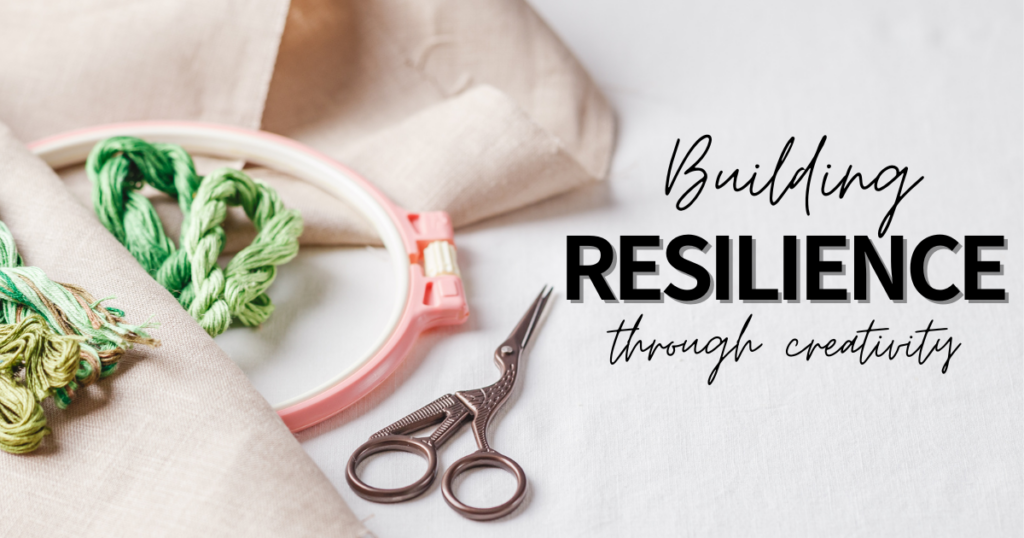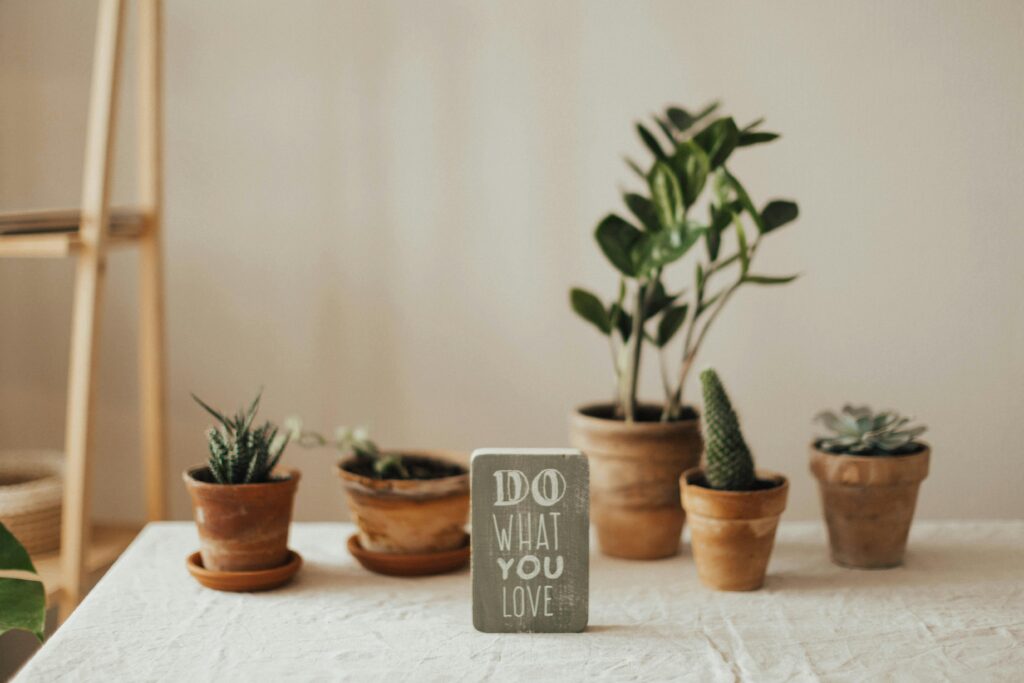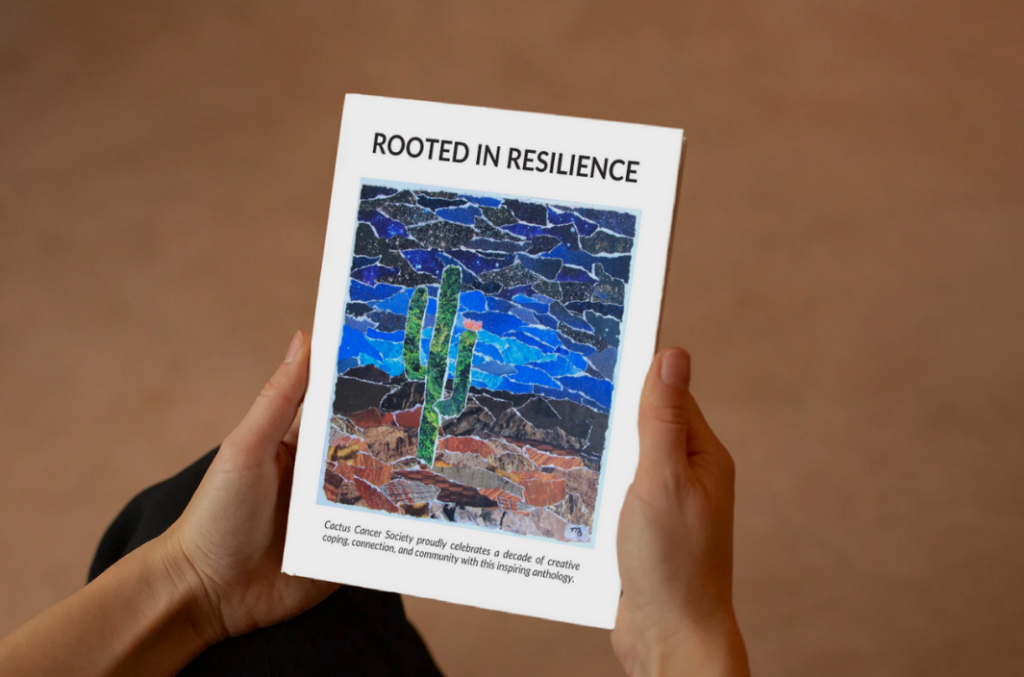Welcome to the third post in a series on meditation techniques and lessons. You can read the first post here and the second post here. Meditation can be a powerful tool to help calm your mind and anxieties. We hope you enjoy!
I have found that often I need something to get my thoughts to begin slowing down to enter into meditation. After my alarm goes off on my phone in the morning, I’ve probably already noticed some new emails to read, thought about what food I want to prep for the day and looked at my schedule. Even if I aim to meditate first thing in the morning, sometimes there are a lot of buzzing thoughts already filling my mind. Here are some entry points that I’ve played with to quiet my mind and help guide me to stillness:
1. Walking Meditation – This is exactly how it sounds. Walk around (inside or outside) but very slowly. Pay attention as your heel and then ball of your foot and then toes grab the ground. Feel the back of your foot as it lifts off when you move forward. See if you can notice each sensation in your body as you walk. Where do you put your weight? What pace do you want to be at? Find yourself completely absorbed in your movement.
2. “I Am Enough” Meditation – With each inhale breathed, “I am,” and with each exhale, “Enough.” As thoughts come to my head about what I want to do or be or things I wish I could change… I remind myself that as I am, I am enough. And on the way, I learn all the areas of my life that I think need more. My health, my physical appearance, my accomplishments, my relationships, my career… And I begin to remind each area that I am enough already. Seeds of new stories…
3. Follow your Ears – When you close your eyes, let your attention follow the sounds around you. Focus on the loudest sound – the birds chirping, a train going by, the sound of the heater, anything. It may change during your time sitting for meditation but let yourself completely go into that sound. Notice that we attach meanings to sounds (birds, train, heater). What can you notice beyond their meanings about the quality and feel of each sound?
4. Levels of Awareness – As you sit down with your eyes closed, begin by hearing and feeling the room around you. Notice the temperature, the sounds, the spaciousness. Slowly draw your attention then to what is near you, what you can feel. What is the surface you are sitting on like? What do your clothes feel like on your skin? Finally, bring your attention inward. Notice your breath, your heart beat. Can you feel your digestion at work or any muscles responding to how you are sitting? After you’ve observed all these things fully, maybe you will enter into stillness to observe your mind.
5. Focused Gaze – Sit with your eyes open and an object in front of you. You could sit very close to a wall (like Zen), light a candle, or look at an image of a mandala (or any drawing!). With your eyes, discover the details of the object. A wall might really challenge your sense of observation! With a candle, see the edges of the flame move and the colors change within the flame. With a mandala, let your attention trace the edges of the lines around the circle.
What tools have you played with to start meditation? What have you learned from them? Did these 5 tips for meditation help get you started? Have you tried meditation as a young adult cancer survivor or caregiver?








